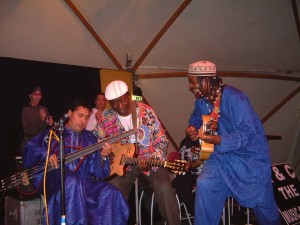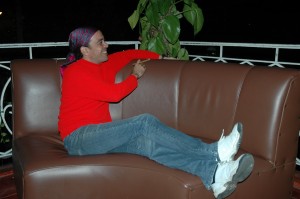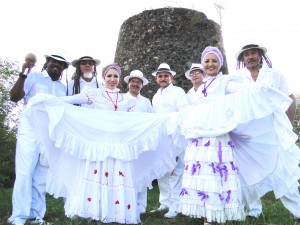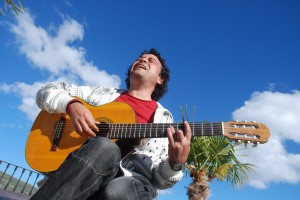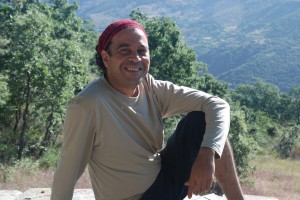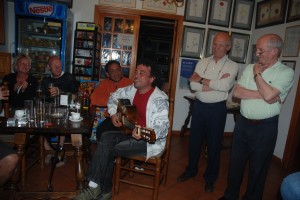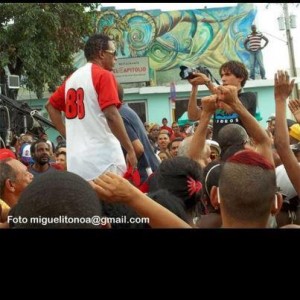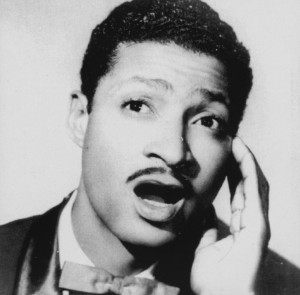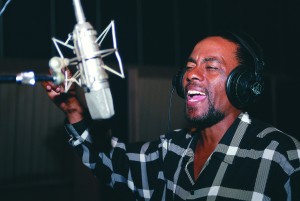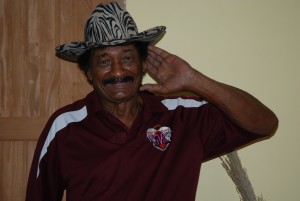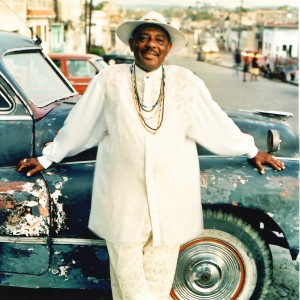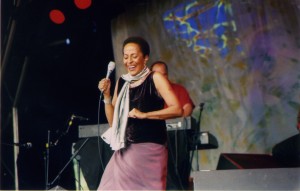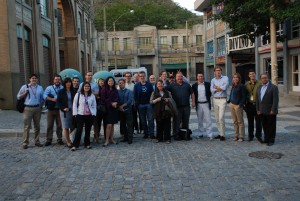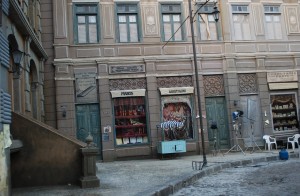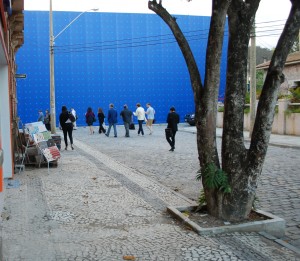-
Jovenes Clasicos del Son
From Cuba
Founded in 1994 the band incorporates a traditional septet instrumental format: acoustic bass, tres, guitar, trumpet, congas, bongos and an outstanding singer with vocal qualities that permit endless possibilities. They have been hailed as the new force in Cuban music, eclectically mixing elements of highly charged son, salsa and other Latin rhythms and influenced by traditional and contemporary music from around the world. Jovenes Clasicos del son have managed to create an unmistakable and unique sound. A sound they can call their own; an original sound. They were brought together by the visionary Ernesto Reyes Proenza, better known as ‘Palma’. He is their charismatic director who carefully sought out not only the most outstanding young musicians in Cuba but also those with the capabilities, passion and conviction to develop a new Cuban sound.The vision and objective adopted by all the band members in many ways have mad them stand out from the current mainstreaming of Cuban music. ‘Hard Hands Lolo’, their conga player explains: “We don’t break the formula of traditional music but we do add a modern touch to it. We are seven young men looking through the wide open door of Cuban music and we want to make history without modern technology, without a big horn section, without tacky or commercial lyrics” Carlos interupts: “It is conscious music. It has pedigree. It comes from lots of roots. We have managed to make new son and Jovenes Clasicos Del Son for me represents the side of every musician’s heart where one does what one wants – we have freedom.”Palma, their director, explains the musical structure: “We are really into satire but we chose the tracks we are going to include in our repertoire very carefully. We play songs about our contemporary situation. Fruta Bomba has a strong issues based concept – issues from Cuban life – fun issues but with a twist. We love double-entendres, Nueva Trova and slang. But clean slang. We also love tp ‘hacer descarga’ or jam. I go to see lots of jazz and theatre productions. I learn a lot from them and this is apparent in the album.” Sergio continues: “We have included some very varied pieces in Fruta Bomba; a homage to the old style son revival, some nueva trova also and above all lots of carribean music. That’s essentially what we play: Carribean music. We have a track dedicated to the Paw Paw fruit – a very exotic fruit from the Americas. The lyrics are full of play-on-words, but don’t get me wrong, we don’t make intellectual music. We make music that can be well but with’sabor’ and meaning.”After hearing them one begins to understand the profound appreciation felt by the band towards this deeply rooted musical heritage: “Well Chico, it’s Cubania – that’s it. It’s Cuba. Without son Cuba would be Santo Domingo or any other tropical island. I don’t call it el son or’ the son’, I call it ‘they son’. A great writer and friend of mine, Danilo Orozco explained this to me. Son is mixed with everything. Fidel’s speeches: they’re son, Cuban literature: that’s son, Nicolas Guillen’s clave: that’s son. The sam form of the son is in everything. Notice how a Cuban tells you a joke, at the end they repeat the puchline three times. The Cuban is very rhetorical, when they speak they return to their point and keeps going back and going back. When Fidel starts a discussion and has his own point of view on the subject, he explains it and goes back and back and back again and in the end he explains it to you all over again. This is son. It’s like son music. It is in the subtleties of form.”Yet the ‘young rebels of son’ defend the musical legacy laid down by the likes of Beny More and Arsenio Rodriguez with a simple statement: “El son es lo mas sublime para el alma divertir, se deberia de morir quien por bueno no lo estime” – “Son is the most sublime thing, a man should die should he not care about it.”Press Quotes:”Young son rebels” – Straight No Chaser”Excellent dans le son traditionel, le septette elargit cependant son repertiore” – Liberation, France”Interpretan la musica cubana con honor a la verdad” – Gramma, CubaShort biography:Jóvenes Clasicos del Son are known as Cuba’s magnificent seven. Awarded the prize of Best Cuban Group of 1997 by the Cuban government they have had a string of hits in Cuba. They have been recognised by the international press as the best group from a new generation of young Cuban musicians and have collaborated in the past with Grammy Award winning Compay Segundo as well as with jazz supremo Winton Marsalis. Individually they have worked with members of another award winning band, Vocal Sampling, as well as working with Peter Gabriel among others.Led by the charismatic director and bass player Palma, formerly with Candido Fabre and incorporating two of the most sought after musicians, the singer Nene and the trumpet player Raudel, this traditional seven piece fully acoustic band defy the conventional format and take son to powerful and exciting new heights. Mixing Cuban son with the deepest elements of Cuban music together with soul, jazz, rap and funk this dynamic group is fast .
Jovenes Clasiocs del son has recorded three Cds with Tumi Music.
www.tumimusic.com





